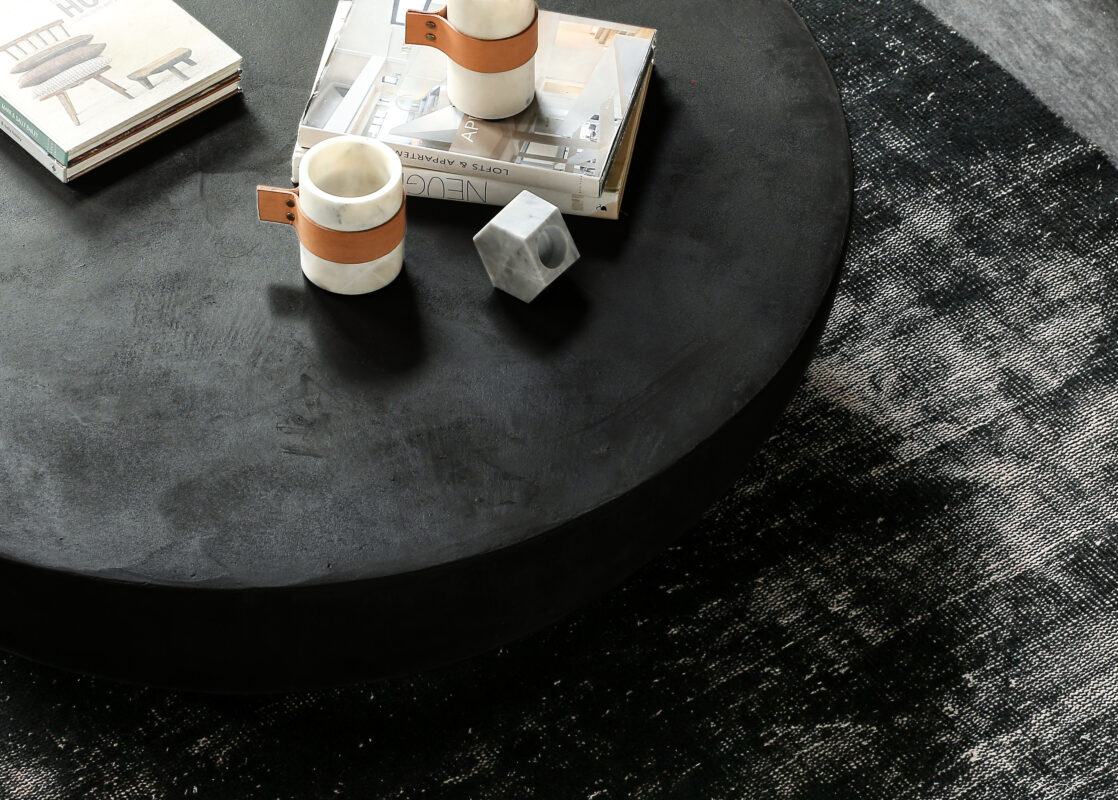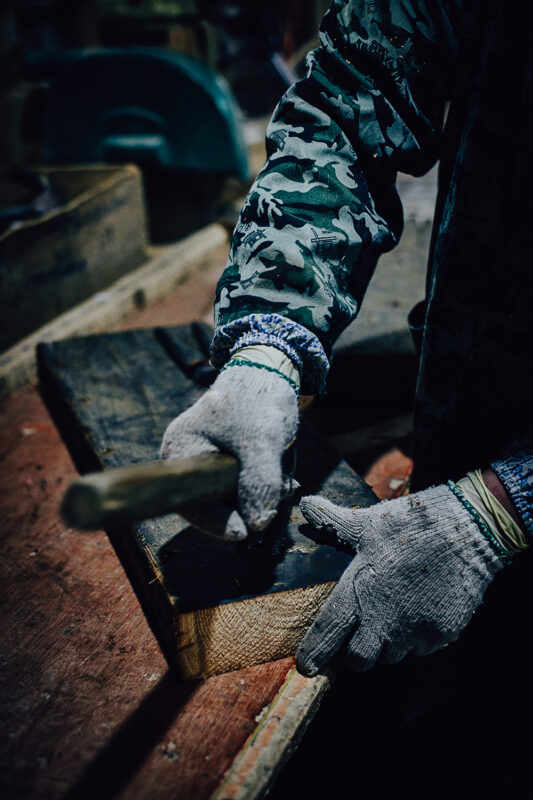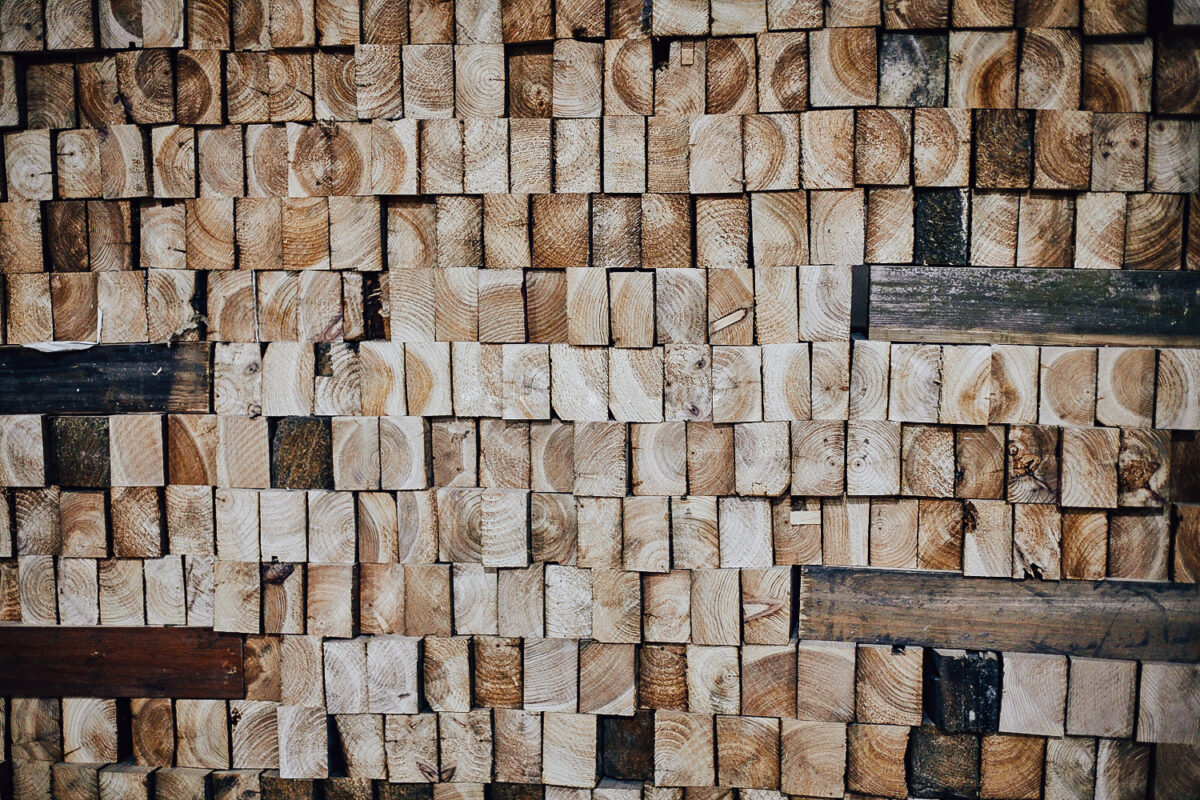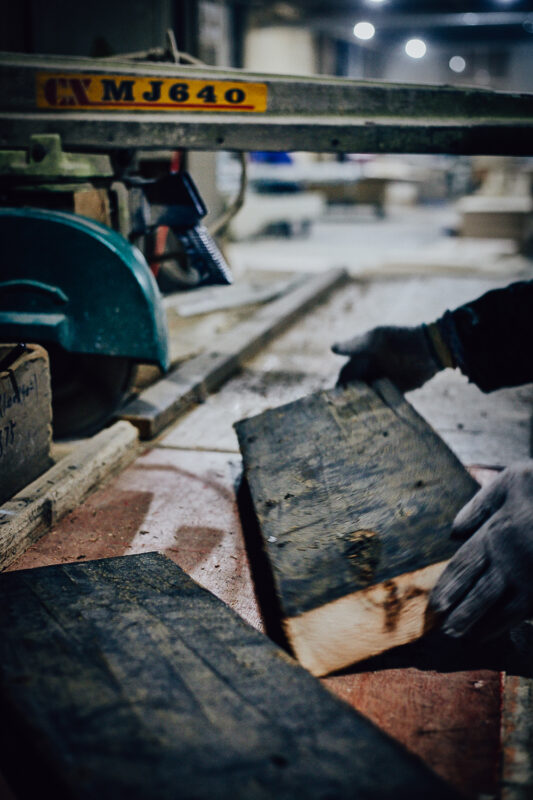Minimal and pure: at Stonekind we fully embrace the ‘less is more’ principle. Sustainability and conscious design is what drives us most in this fast pacing world.
We believe in working with materials that are already available to us. Rooted in sustainability, almost all our items are made of recycled materials such as timber from old, abandoned houses. Our collection perfectly shows that inviting used materials into new products leads to authentic and unique designs.
Warm and cozy
At Stonekind, we work with neutral color palettes and natural materials. Our items instantly evoke a sensation of calmth, luxury and purity. The elegant colors encourage feelings of warmth and coziness.
Simple and practical
Both simplicity and warmth are embedded in all of our designs. Our series are designed with minimalism and functionality as important drivers. The Stonekind items perfectly serve inviting yet intentional interior styles.

Japandi
While Stonekind embodies many features of the Scandinavian decor style, you’ll find influences of Japanese esthetics as well. This smooth merge perfectly matches the contemporary Japandi design style.Our designs incorporate visual elements such as darker colors, asymmetrical lines and round shapes, providing interest and contrast.
The beauty of imperfection
The Japanese wabi-sabi style highlights the imperfect and the impermanent. It welcomes simplicity, authenticity and above of all appreciation of the small things in life. The Stonekind series fully embrace these principles. We love to emphasize rough structures instead of hiding them. Each piece of furniture is manufactured with care and precision. The finishing is largely done by hand. As a result the paint strips, for example, are different for each piece, making it unique and authentic.
Reclaimed timber
Most of our products include timber as its main material, such as recycled pine and elm wood.This timber has traveled a long way before being used in our items. The timber comes from old, abandoned houses and barns, some of which are 100 years old. Where this is often seen as waste, we choose to see its potential and beauty.





